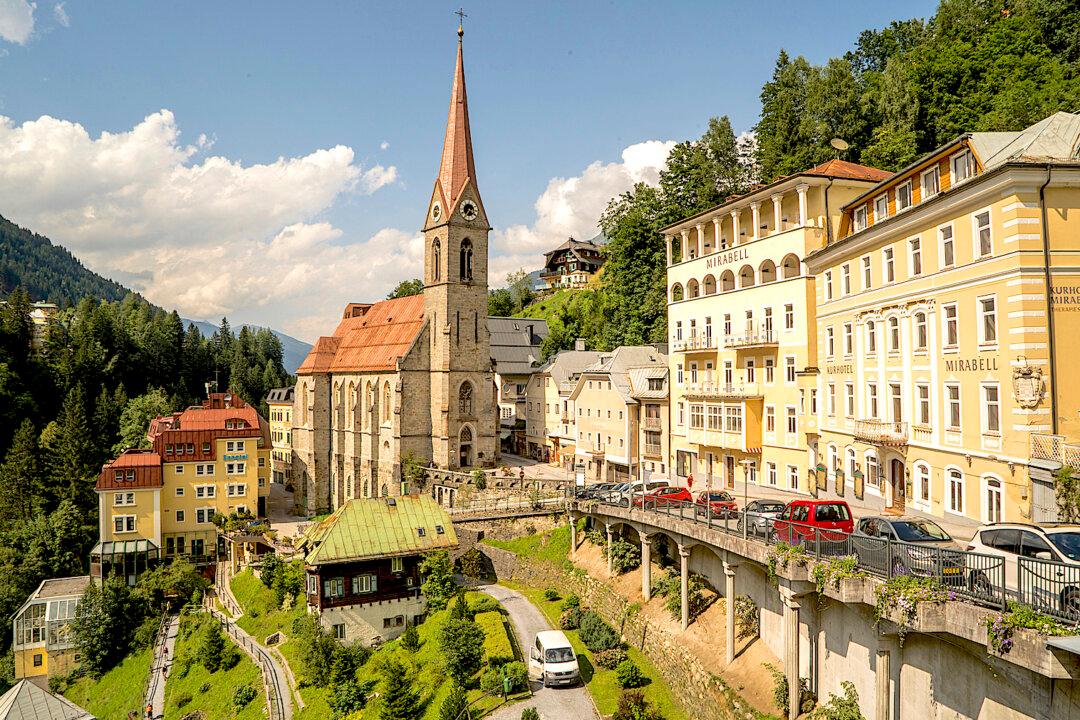As the capital of one of the youngest countries in Europe, Brussels has a lot to offer—from a medieval old town with a rich heritage to a modern city for art and culture lovers. It is also city of museums that continuously embrace new ideas and bring to life a wide variety of themes.
The expansive Avenue du Boulevard forms the border between the old and new towns. I headed for the cobbled streets of the old town and Rue des Bouchers, a narrow alleyway full of busy restaurants and stores. It was also a bustling place of commerce in the 10th century, where traders sold meat and other goods, during a time when the city experienced significant growth.





